There are eight female monastic communities, including two monasteries, in North Kazakhstan region. Nuns stage performances at one of them, and never leave another one. CABAR.asia reveals more interesting things taking place in monasteries.
Last century, Northern Kazakhstan was an asylum for former political prisoners. For example, 35,820 Poles were deported from Ukraine to Kazakhstan in 1936, and 99.8 per cent of them came to northern regions of the country.
In these regions, where winter lasts for almost six months, and frosts reach 40 degrees Celsius below zero, the settlers first settled down in tents, and then built pit-houses. The Poles have suffered from terrible famine and could survive only with the help of local population. According to them, their faith has also empowered them.
The Poles are traditional Catholics. They have brought their religion to their new homeland – North Kazakhstan region (NKR). Now there are ten Catholic churches here that draw attention of pilgrims and tourists. There are eight female monastic communities, including two monasteries, in the region. One monastery of the Congregation of The Sisters of Our Lady of Mercy is located in Petropavlovsk, the administrative centre of NKR, the other one is located in the village of Ozernoye, Taiynsha district. The CABAR.asia reporter has visited both and learned about the life of nuns there.
Till the end of life
In 1995, Kinga Petkevich arrived in Kazakhstan from Poland. The woman took this path difficult and long for an elderly (back then, Kinga was 73) because she was bound by the ‘ties of blood’. Her father, a former political prisoner, and his family were buried here in NKR. There was one more reason for her trip – religion.
Sister Kinga was the nun of the Congregation of The Sisters of Our Lady of Mercy. A coreligionist, who had already launched construction of the Catholic church in Petropavlovsk, invited her to Kazakhstan.
“Before the trip, the sister filled in the missionary’s application form and wrote ‘Till the end of life’ to the question of how long she would like to be on a mission. But she was sent for one year only and she was told to go back at the end of the term. But our sister has suddenly died. At her funeral, father Dekan, now archbishop Tomasha Peta, said, ‘Kazakhstan is entitled to God’s mercy, too,’” said Anastasia Omelchenko, sister of the monastery of the Congregation in Petropavlovsk.
These words have become a sign to the Mother Superior of the Congregation to have sisters continue their service in Kazakhstan. On June 22, 1997, the first three nuns arrived in Kazakhstan from Poland. This can be regarded as the beginning of the history of the monastery of Congregation of The Sisters of Our Lady of Mercy in North Kazakhstan region.
A place filled with suffering
The local catholic church has bought a collapsing house in the centre of Petropavlovsk for the monastery and renovated it. A hospital unit used to be there some time ago.
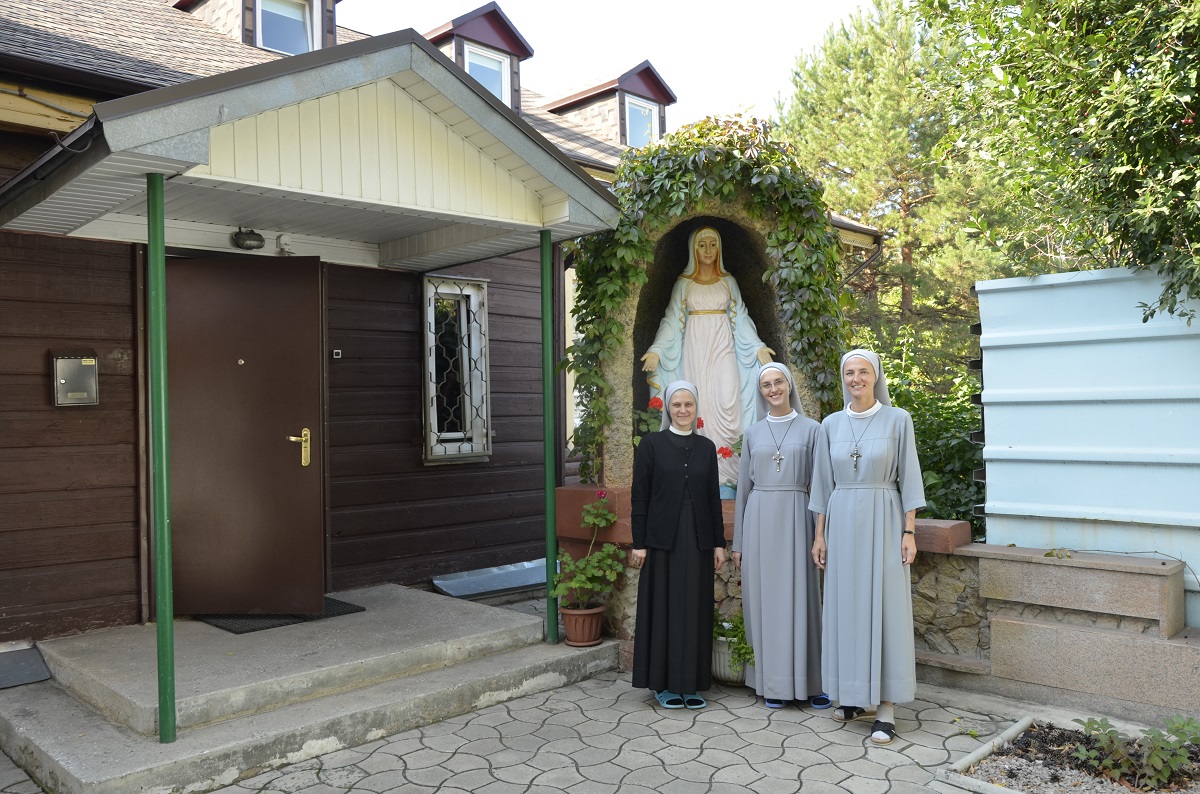
“Our church members can even recall how they used to sit in the hall in line. We can still find medical instruments during works outside the building,” sister Angelina Stolyarevskaya said.
The women’s dignity is one of the key subjects for the nuns of the Congregation. The organisation was founded in the 19th century by Theresa Eva Pototskaya in order to educate women “needing deeper moral renewal.” In other words, nuns have helped women, who were marginalised by the community for some reason, for example, for prostitution.
Now there are seven teenage girls living with three nuns in the women’s monastery in Petropavlovsk. They receive secular education in colleges. As a rule, girls from disadvantaged or single parent families from come to sisters from nearest villages. Girls can acquire independent living skills in the monastery.
Sisters also do missionary work – they share stories about their religious views with people, talk about mercy, hold meetings for women, teach religion to the parish children and youth, help out to those seeking help.
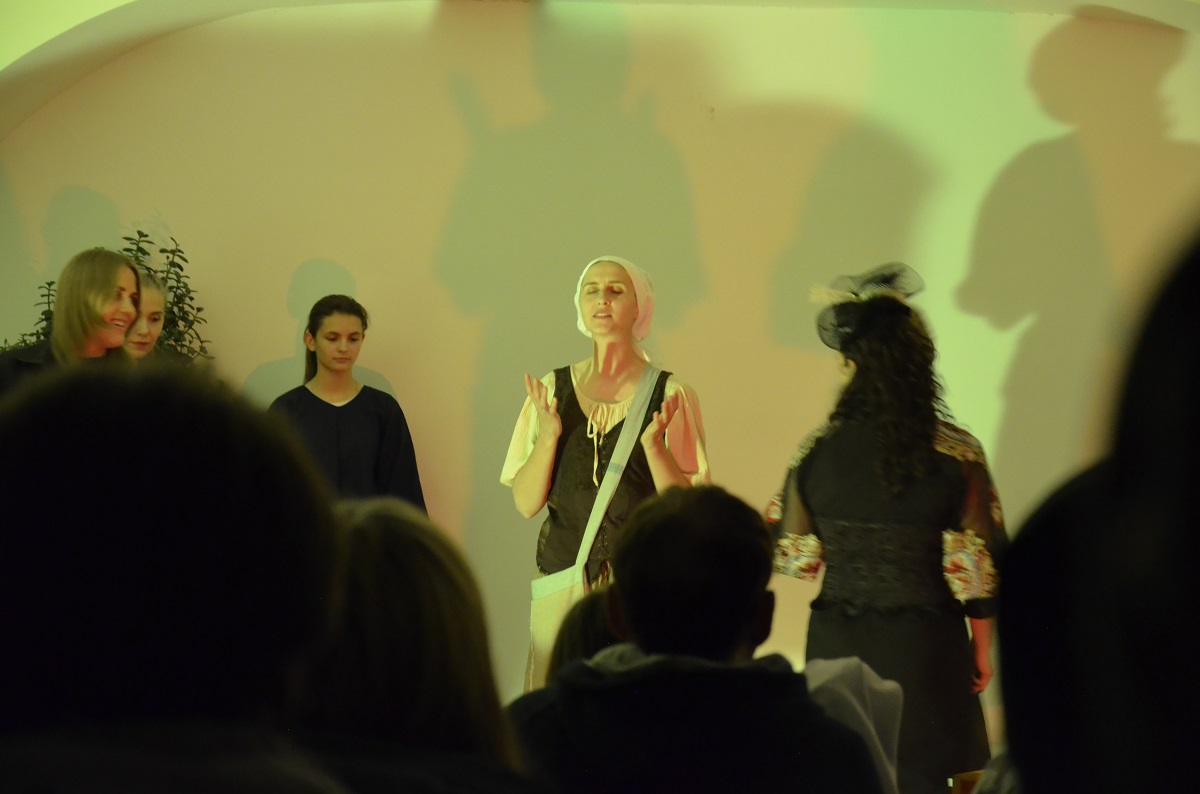
Nuns spend some time doing creative work. Sisters together with actors of Petropavlovsk theatres have prepared a performance under the similarly named book by Hannah Hurnard ‘Hinds’ Feet on High Places’ specially for the Catholic Youth Festival that takes place every year in the village of Ozernoye. The performance is about a girl who becomes a faithful Christian. Sister Bakita Voronova was the main character.
Madonna with the fish
The Discalced Carmelites, nuns living in the cloistered monastery of NKR, live without any creativity and in seclusion. The monastery’s name is of God’s Mercy and the Immaculate Heart of Mary. It emerged in June 2007 on the lakeshore. The place was chosen for a reason.
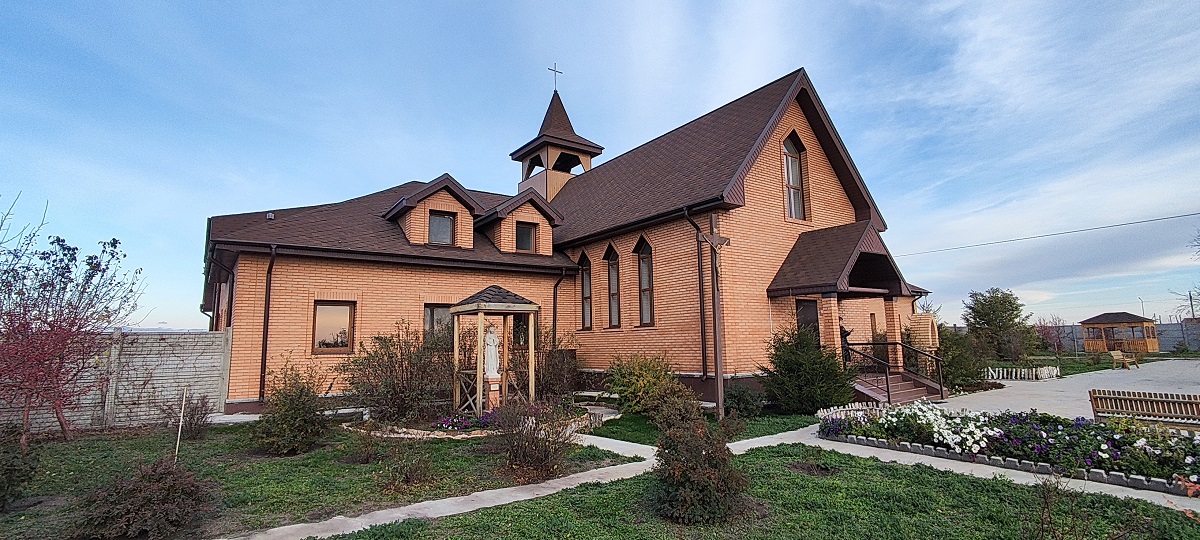
In March 1941, after a sudden thaw, the lake was filled with water and fish. It was a salvation for the Poles deported from Ukraine to the village of Ozernoye, who were suffering from starvation.
“We have heard many stories from the settlers who were thankful to the Kazakhs for their help in these conditions, and shared their last meal. They helped them and told what to do. Thus, they saved many lives,” said sister Elizaveta (Elzbieta Jablonka).
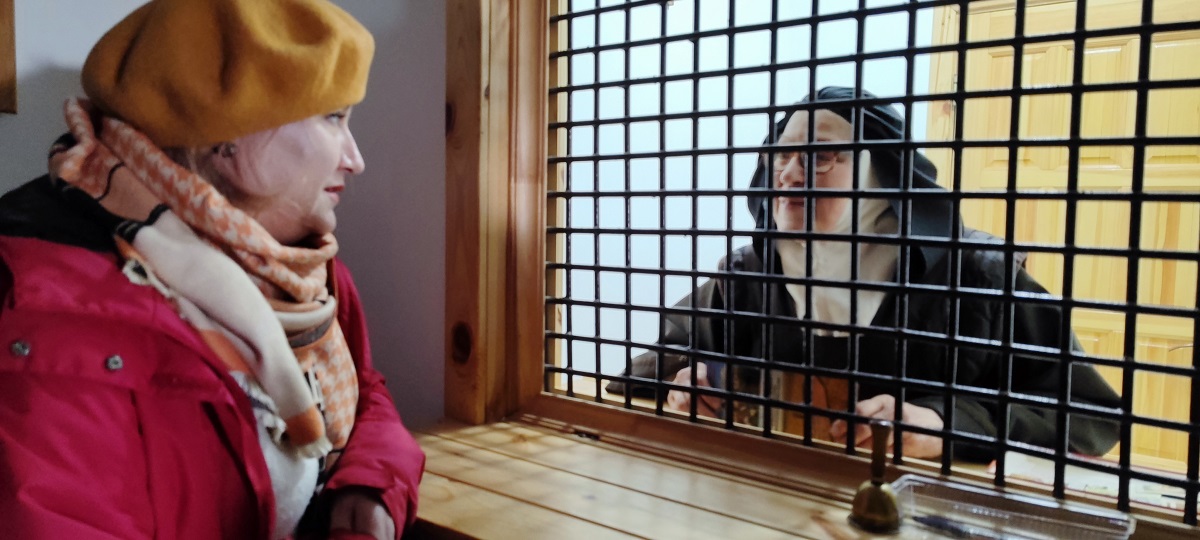
The emergence of the lake in the hardest and the right moment was taken as a miracle of the God’s Mother by religious villagers.
Now there are religious facilities honoured by Catholics in the territory of Ozernoye. In 1992, the Queen of Peace Church was built here. In 1997, the statue of Madonna with the fishing net was erected on the lake in acknowledgment of saved lives. The statue was blessed in Poland by Pope John Paul II. In 1998, the cross 12 metres high was erected there in memory of all victims of purges in Kazakhstan.
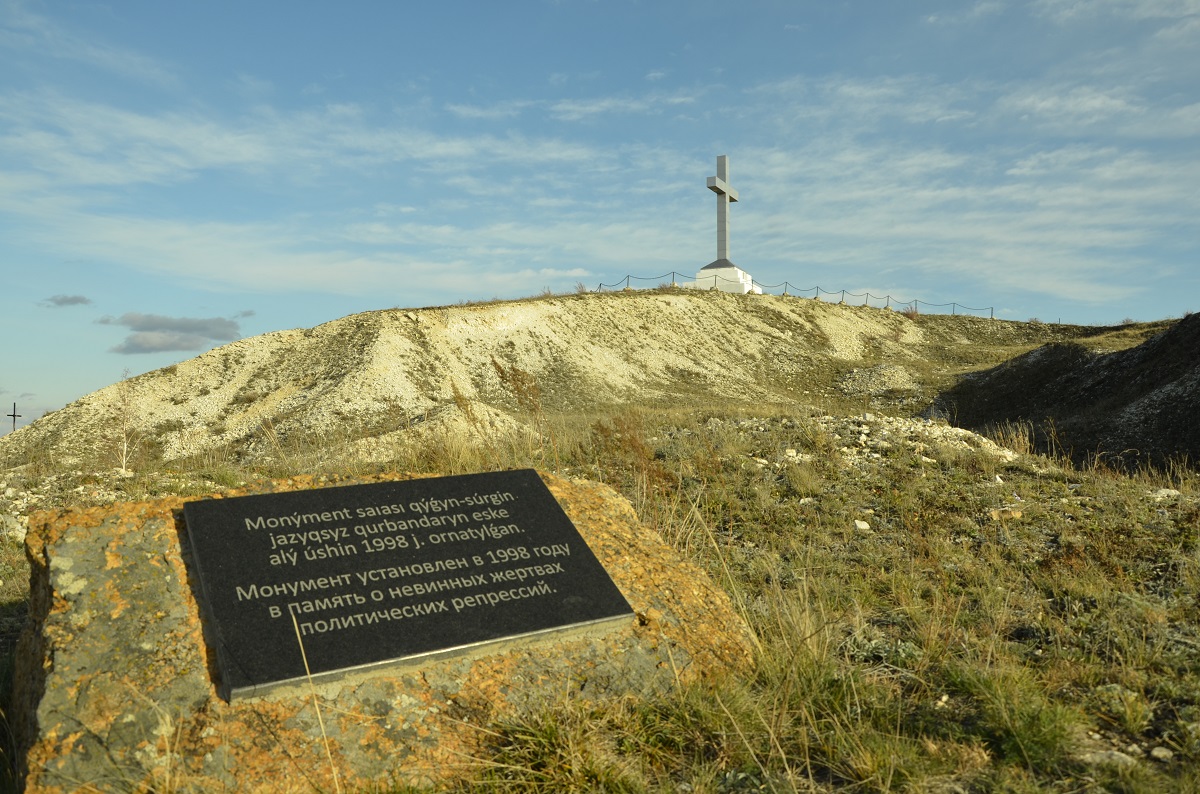
The cross has a prayer written in Kazakh, Polish, Russian and German on it:
Glory to God,
Peace to people,
Kingdom of Heaven to Martyrs
Gratitude to the Kazakhstan people
Prosperity to Kazakhstan.
This is what four nuns in the monastery pray for eight hours a day or more. “We always pray for those who are suffering now and for those through whom suffering passes. Now there is a war going on between Ukraine and Russia, Israel and Palestine, and other countries we do not know about as we don’t have the internet. We praise God to save the mankind,” said sister Elizaveta.
All four nuns came from Poland just about 15 years ago and never left the parish since then. They very rarely speak to the visitors and only through the bars. This is how they imitate Christ’s behaviour, who prayed in seclusion.
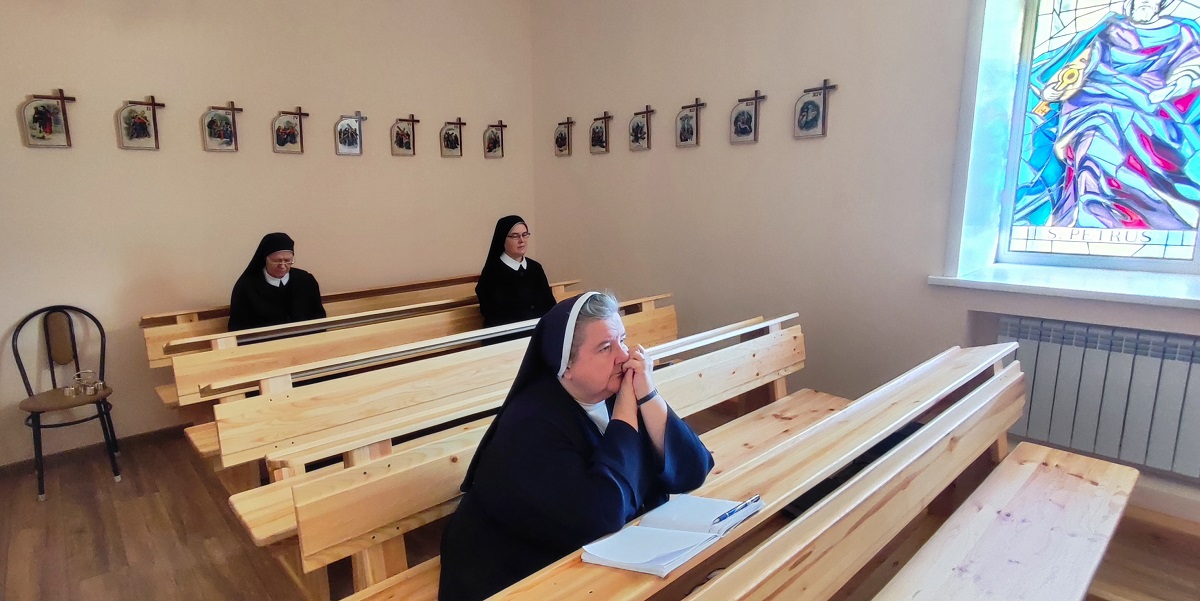
National sanctuary of Kazakhstan
Since 2011, Ozernoye was declared the National Sanctuary of the republic by decision of the conference of Catholic bishops of Kazakhstan.
The religious people from all over the world, including Russia, Poland, Germany, make a pilgrimage to Ozernoye village. Every year, festivals of Catholic youth take place here attended by Catholics of various regions of the country and from abroad.
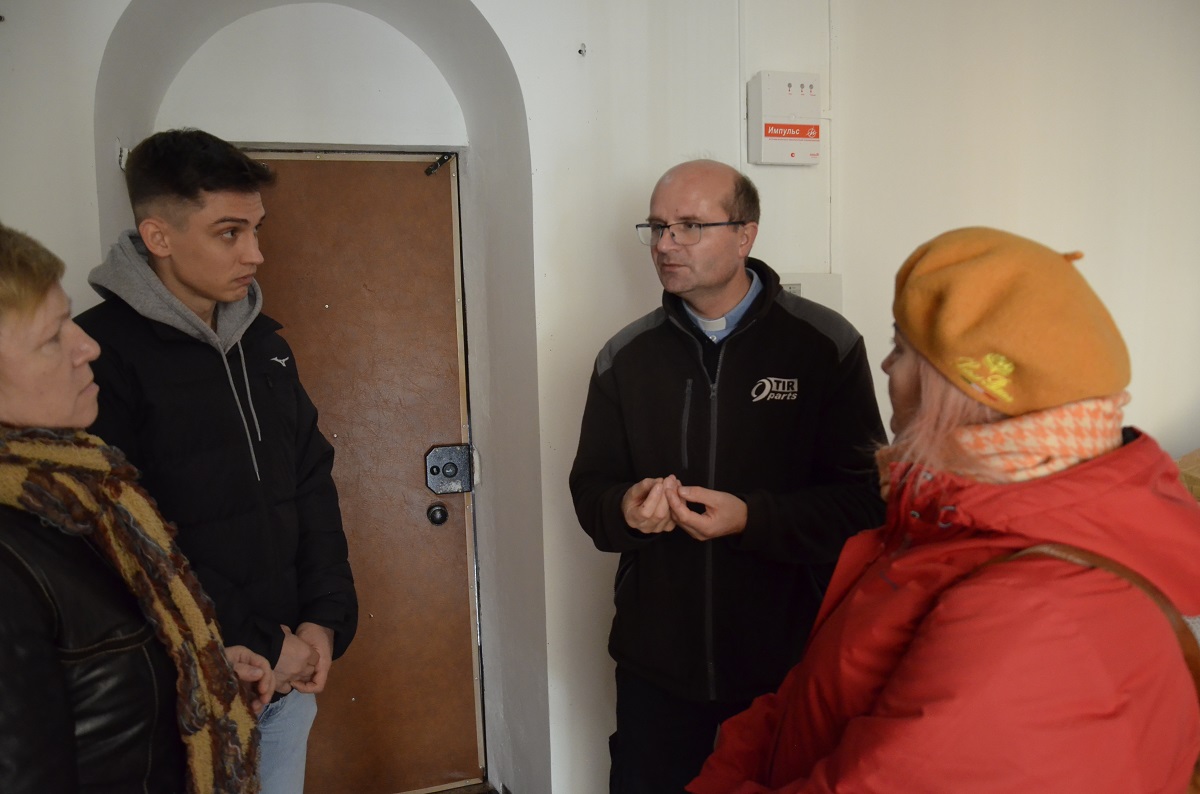
Next year, according to pastor of the parish, father Mariusz Stavaz, the icon ‘Uly Dala Anasy’ (‘Mother of the Great Steppe’) will be brought to Ozernoye. The icon with the Mother of God with a baby in a Kazakh national style was painted by Almaty-based artist Dosbol Kasymov. During last year’s visit to Kazakhstan, Pope Francis blessed the icon personally. Now it is in the Catholic Cathedral in Astana. A yurt is suggested to be the home to “Uly Dala Anasy” in Ozernoye.
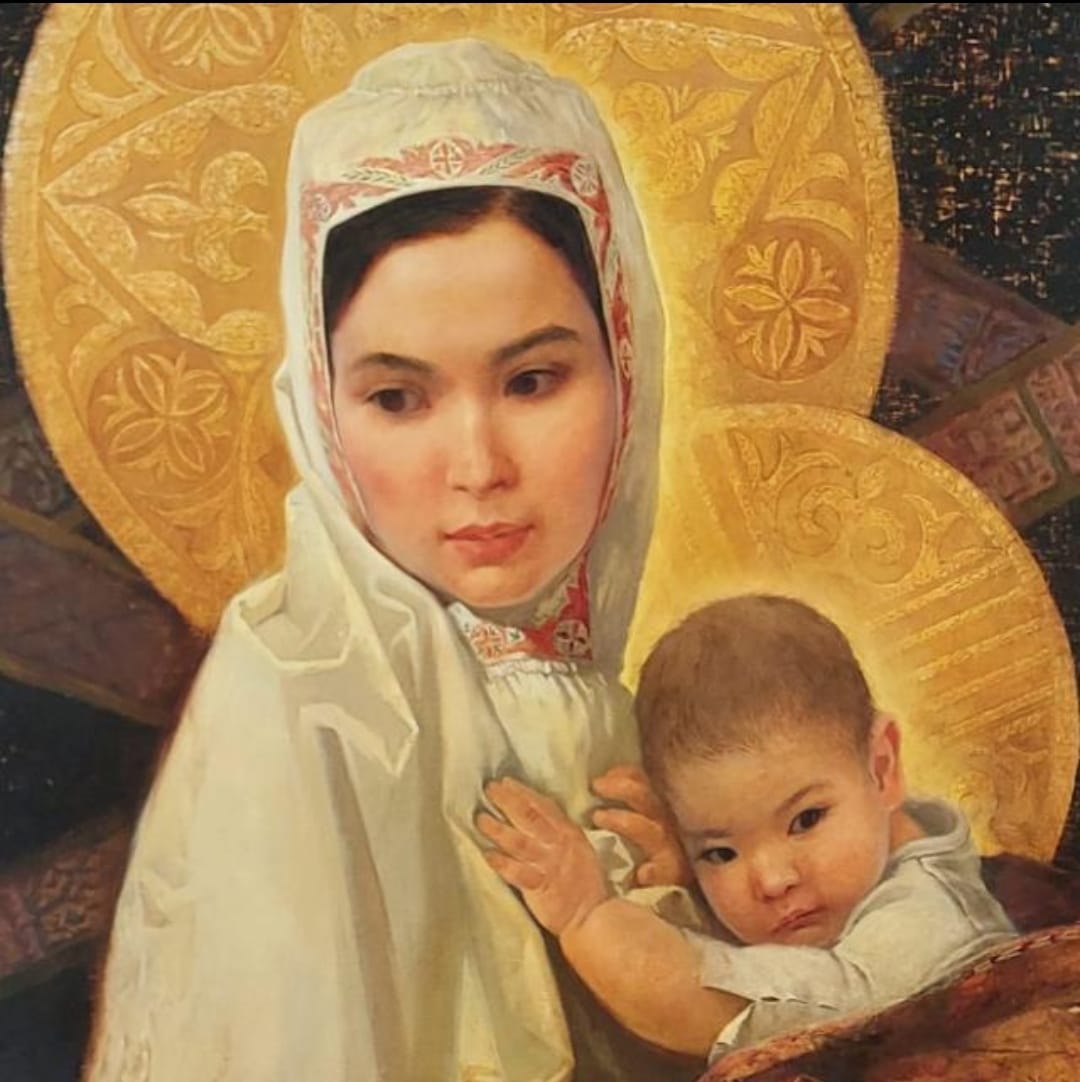
All photos by: Elena Kuznetsova

